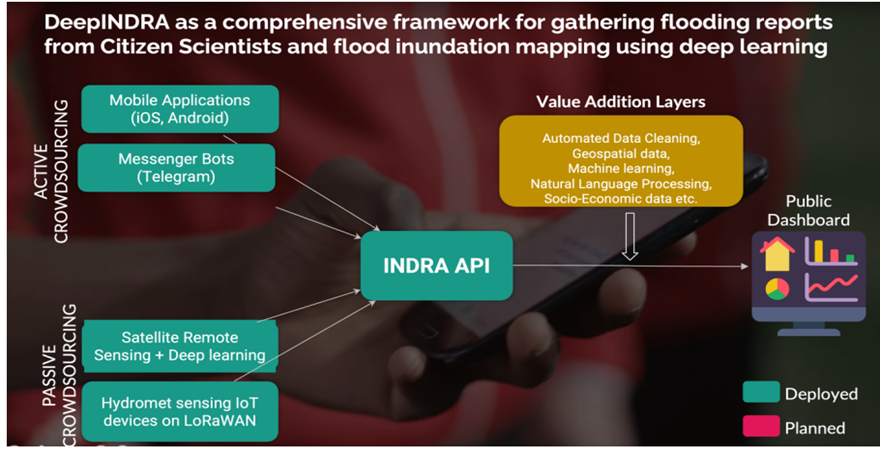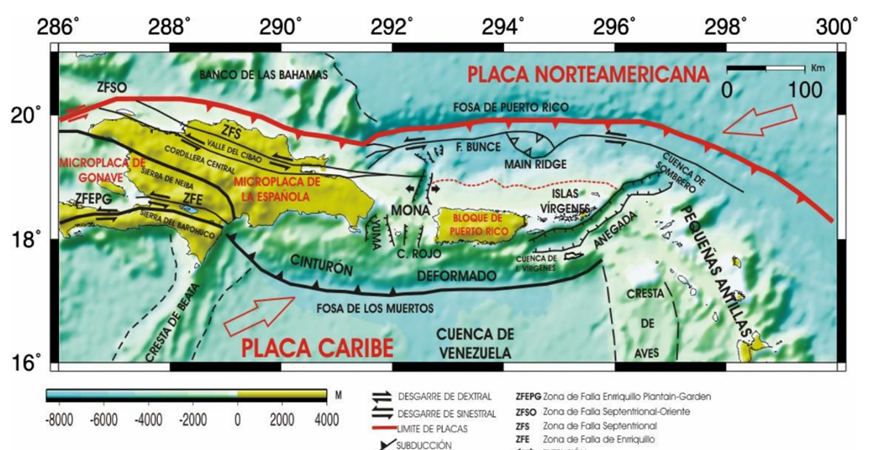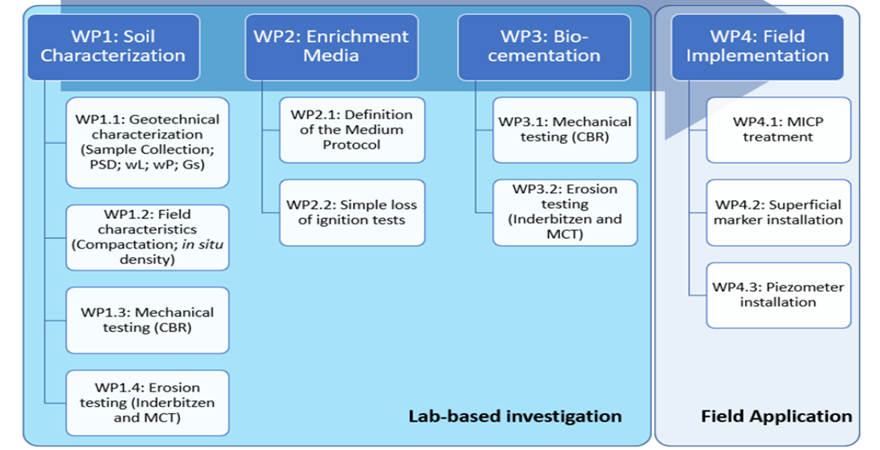- +91-11-4044-5999
- info@cdri.world
-
Copernicus Marg, New Delhi, INDIA
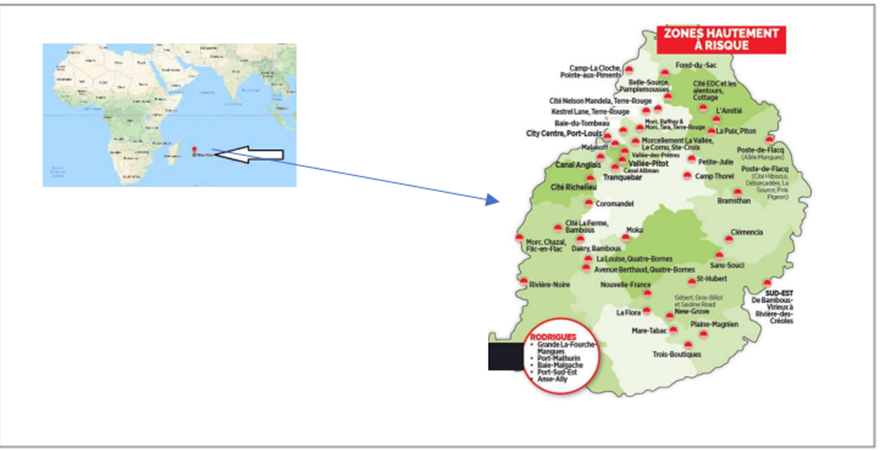
Forecasting inclusion of SuDS in flood management of small steep basaltic formations using Hydraulic Modelling Techniques
Dr Manta Devi Nowbuth
University of Mauritius
Research problem: The impacts of climate change are being felt in Mauritius, especially through severe flood events resulting from torrential rainfall events. These events are growing in frequency and intensity over time. With time, the number of sites has been growing, with flood depths reaching up to 1.5m.
Innovation/novelty: The novelty of this approach is the combined analysis of flow models, hydraulic models and remote sensing data to identify the best locations for Sustainable Urban Drainage Systems (SuDS), the best types of SuDS, and the need for SuDS to increase the efficiency of flood management techniques at site level.
Proposed solution: In addition to the changing climate, flood problems are also a result of anthropogenic activities, with the construction of infrastructure having tempered with the natural flow paths of surface runoff. The proposed solution is the study of flood problems at three scales: catchment, sub-catchment, and site-specific.
Research Methodology: The methodology will use digital elevation models, satellite imageries, flow models, hydraulic models, and on-field data collection, including focus group discussions with relevant stakeholders, to identify measures, including nature-based solutions and SuDS, to support flood management for a small island.
Practical application and implications: Flood problems are issues that affect the comfort and livelihood of communities, and this research work has strong potential applications. By studying flood management at catchment, sub-catchment and site-specific levels, flood measures at the site level can be designed more economically and effectively.
Assumptions: The main assumptions in this proposed research project are: 1. The road networks are not acting as conveyance channels and diverting surface runoff from one sub-catchment to another. 2. The Digital elevation model is available for the study area. 3. A research assistant with the right skills should be recruited.
Scope and limitations: The study will be undertaken in one or at most two catchments but not to the whole island. This study will involve field data collection and field surveys. The limitations will be associated with the number of site investigations possible during the duration of the study.
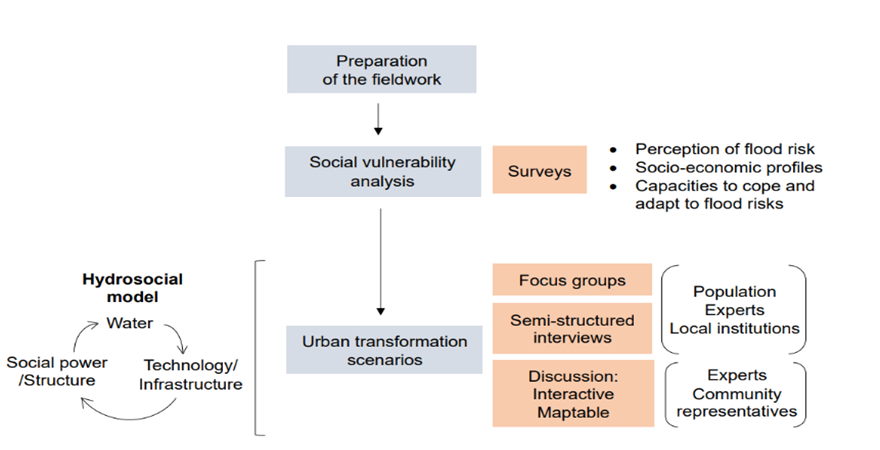
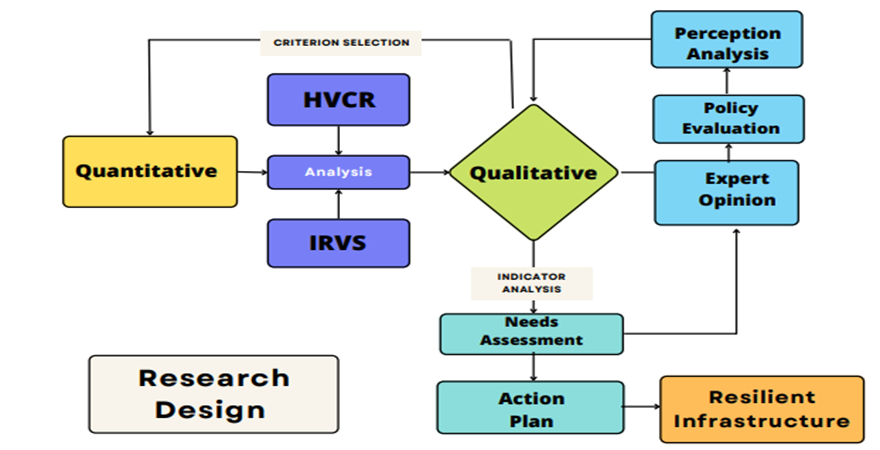
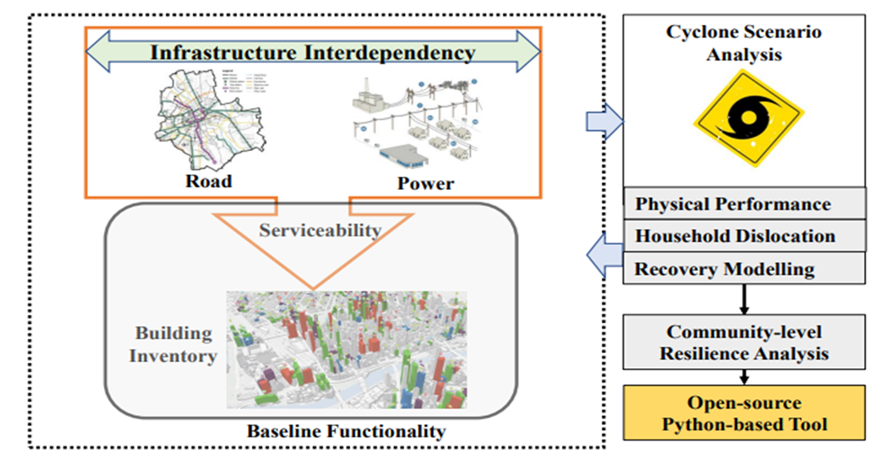
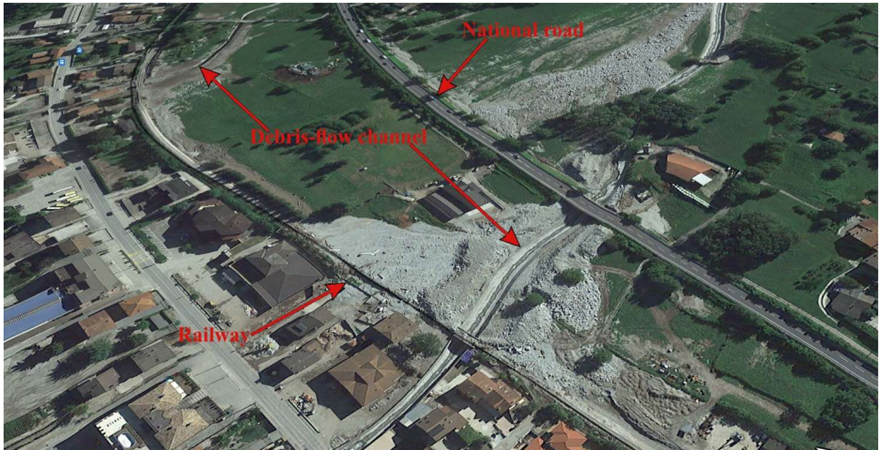
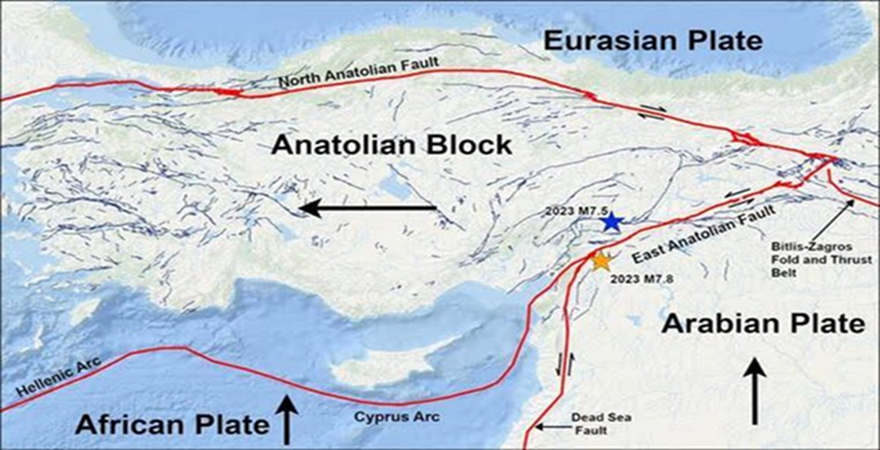
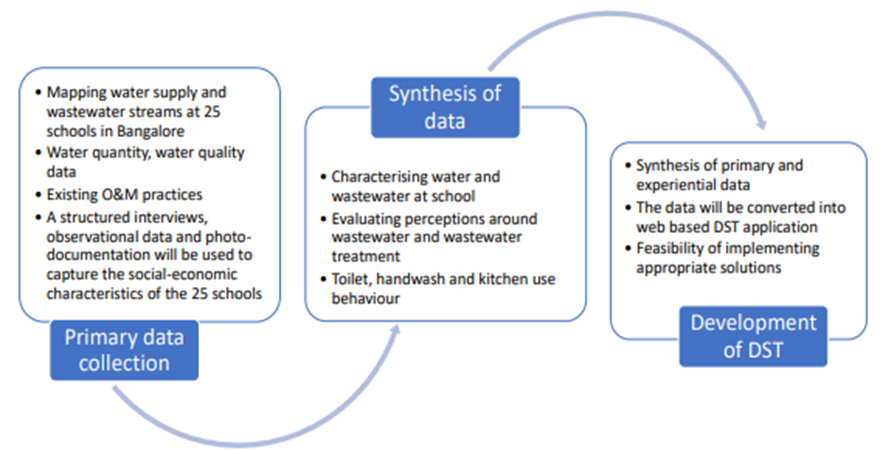
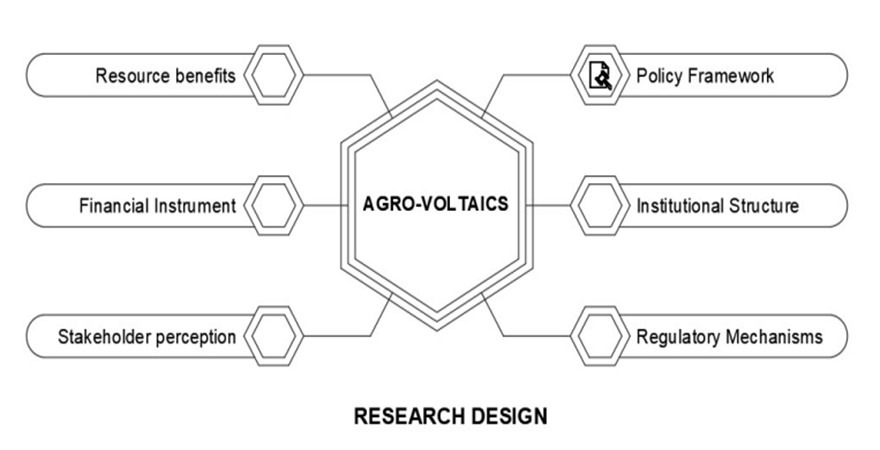
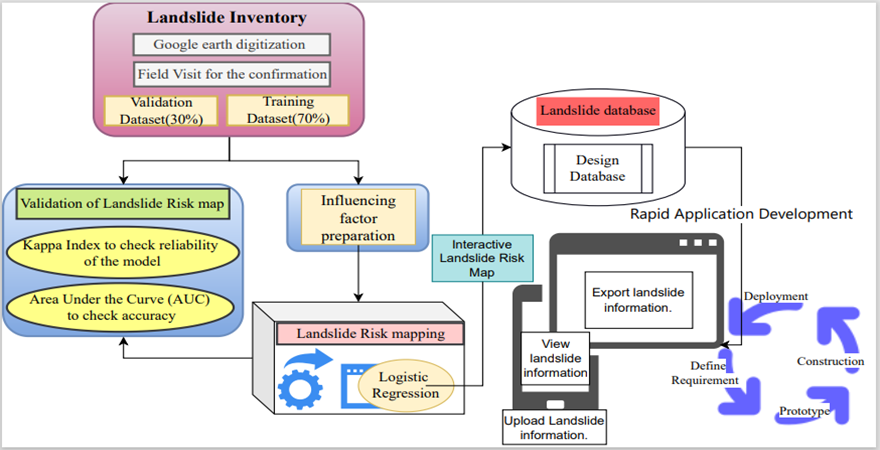

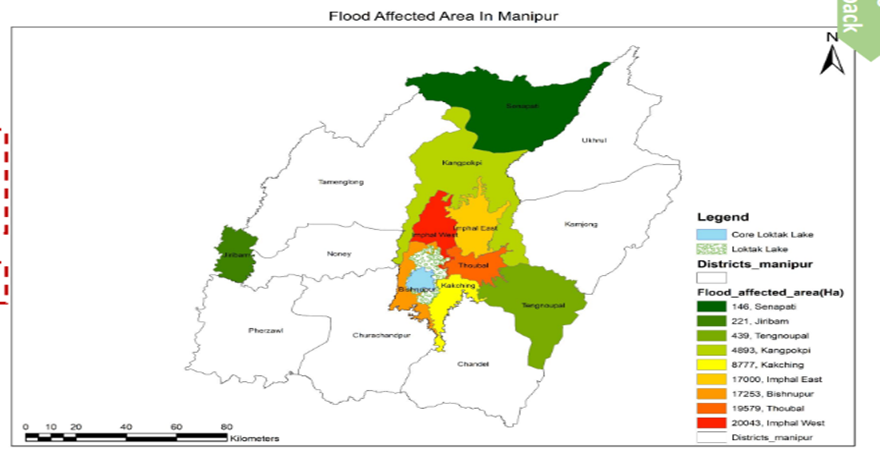
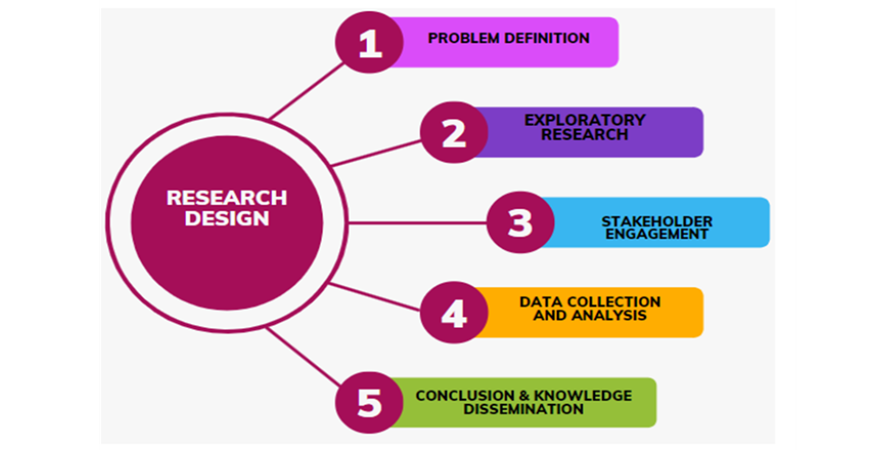
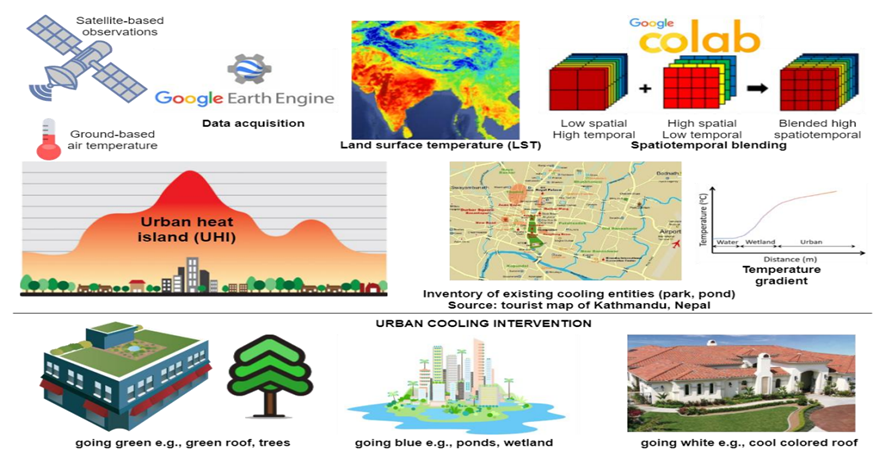
 mainstreaming inclusion of persons with disabilities in disa.png)

